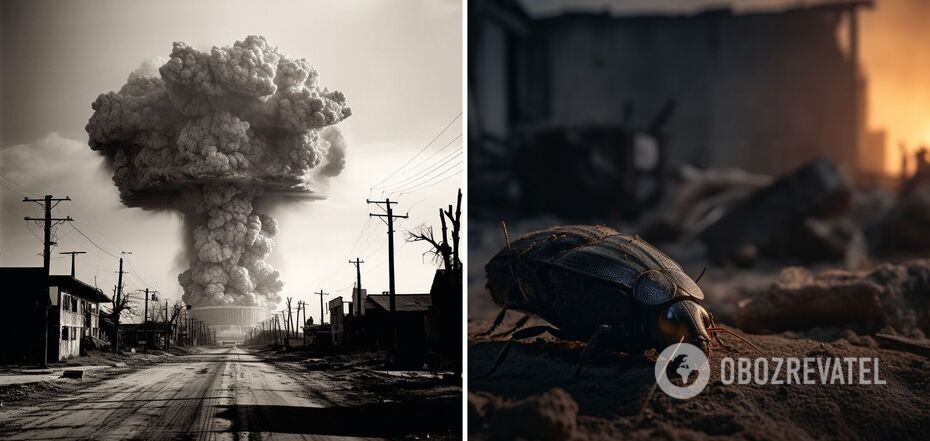News
Seven species of creatures will survive the nuclear apocalypse: scientists have named them
A nuclear explosion is often spoken of as an apocalypse, after which virtually nothing would survive. However, scientists' calculations show that some creatures are still able to withstand high radiation. The bad news is that there are no mammals among them. As well as large enough animals.
However, Gismodo has collected seven such creatures. Probably, in the event of a nuclear war, they will be the ones to start the whole evolution from the beginning.
Bell mosquitoes
As a rule, creatures that can do without water can also tolerate high radiation. This applies in particular to the Polypedilum vanderplanki mosquitoes that live in Nigeria and Uganda. When dried, the larvae of these creatures successfully withstand gamma radiation, and then, when they get access to water, they return to life.
Nematodes
These bilaterally symmetrical, primary-mouthed worm-like invertebrates live literally wherever possible. Scientists know more than 24 species of nematodes. They are considered extremophiles - organisms that can survive under unbearable conditions. Scientists are enthusiastically studying their capabilities and have already found that high doses of radiation can only cause certain problems with their reproductive system.
Scorpions
Scorpions are known to survive freezing and to tolerate ultraviolet radiation. Several species of scorpions have also demonstrated a remarkable ability to resist radiation exposure. The fat-tailed scorpion has been particularly successful in this regard, withstanding exposure to more than 50,000 roentgens.
Cockroaches
The survivability of cockroaches in the event of a nuclear apocalypse is greatly exaggerated in popular culture. However, studies have shown that these insects can withstand radiation of 64 to 94 gray in laboratory conditions. Whereas a person can be killed by even a negligible 8 gray. So cockroaches will definitely be more successful than us.
The bacterium Deinococcus radiodurans
This type of bacterium, Deinococcus, even got its name in honor of its own resistance. Currently, Deinococcus radiodurans is considered one of the most radio-resistant organisms in the world. Even a radiation dose of 15,000 gray did not make much of an impression on it. The researchers pointed out that it not only did not kill it, but also provoked intensive reproduction and growth.
The silent man
This microscopic animal is a real delight for researchers, because it not only lives everywhere on Earth, but also knows how to survive even in outer space. Just like the ringing mosquito, these creatures come to life after drying, and they are also well protected from radiation exposure. Moreover, it turned out that a protein borrowed from the mosquitoes can help human cells resist X-rays.
The bacterium Thermococcus gammatolerans
This thermococcus surprised scientists not only because it can withstand huge doses of gamma radiation, but also because it is able to repair its own DNA damaged by it. When the bacterium was exposed to 30,000 gray of radiation, it continued to multiply. While 50% of all life on Earth will die out if it receives 4.5 gray in 30 days.
As OBOZREVATEL previously reported, researchers have shown on a map what would happen to Moscow if it were hit with a nuclear bomb.
Subscribe to OBOZREVATEL 'sTelegram and Viberchannels to keep up with the latest developments.



























